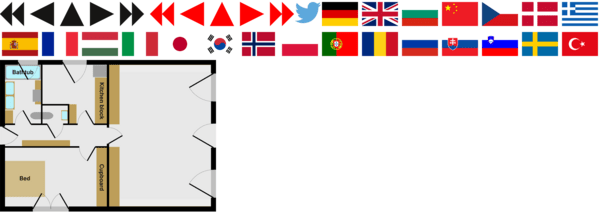Our proposals and topics for discussion with policymakersPolicymakers can only work with what is possible according to the state of the art. We are drastically shifting this state of the art and thus creating new possibilities.
The central evaluation criterion is the replication factor: how many equivalent houses could be produced with the surplus electricity of one house. The uniform yardstick in the very strict balancing is the kWh of electricity. In addition to household electricity, hot water, space heating and space cooling, the charging of the residents' electric cars is also calculated.
The cheapest method for a functional energy transition: Dedicate special building land around high-priced cities, the lease is paid with electricity.
Costs, security of supply, land use, impact assessment, and public acceptance for various forms of the energy transition must be discussed and evaluated. An optimal mix of solar, wind, grid expansion and various storage technologies must be worked out. For this, a study that it would also be possible with 100% solar power.
As early as 2008, Roland Mösl called for solar and wind power to be fed into the grid as needed by means of intermediate storage in batteries.
Inadequate targets lead to inadequate action; worse, adequate action is prevented as a result.
The net zero emission target is completely inadequate. It is necessary to reduce the CO2 content of the atmosphere to 350 ppm.
| ||||||||||||||||||||||||||||||||||||||||||||||||
GEMINI next Generation AG (Inc.)










